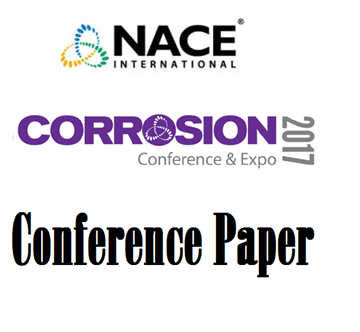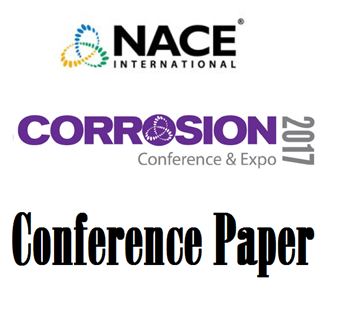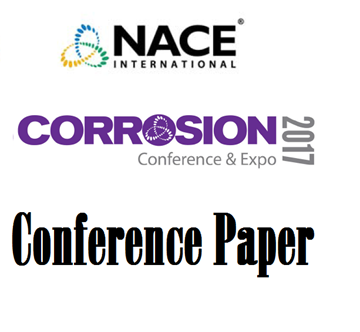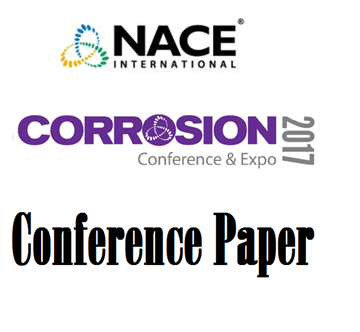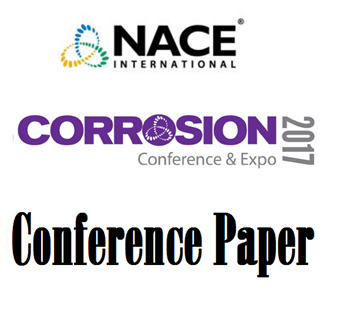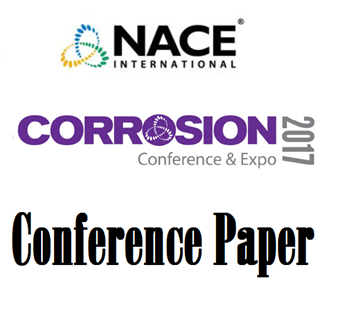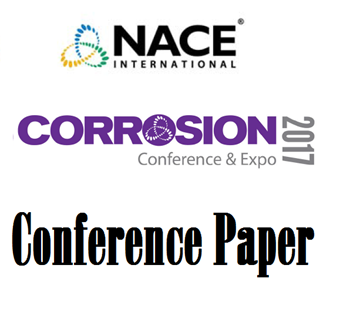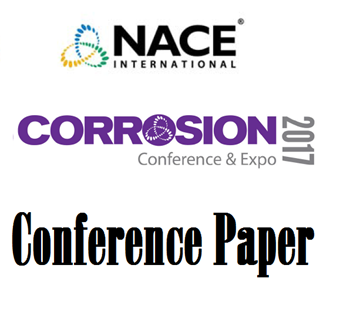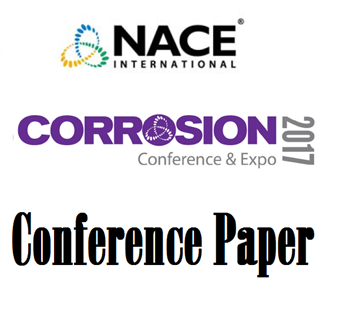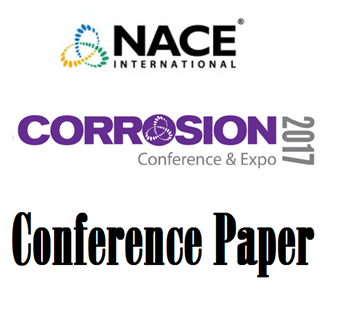Search
Products tagged with '2017 Conference Papers'
View as
Sort by
Display
per page
51317--9604-Mitigation of Severe Pitting Corrosion Caused by MIC in a CDC Biofilm Reactor
Product Number:
51317--9604-SG
ISBN:
9604 2017 CP
Publication Date:
2017
$20.00
51317--9610-Effect of Cold Deformation on Sulfide Stress Cracking of High Strength Steels
Product Number:
51317--9610-SG
ISBN:
9610 2017 CP
Publication Date:
2017
$20.00
51317--9615-MIC Prevention in Oxidizer Treated Water Systems: A Study on Relative Reaction Rates
Product Number:
51317--9615-SG
ISBN:
9615 2017 CP
Publication Date:
2017
$20.00
51317--9622-Laboratory Test to Evaluate Lean Duplex UNS S32101 and UNS S32304 Flexible Pipe Carcass at Sour Service
Product Number:
51317--9622-SG
ISBN:
9622 2017 CP
Publication Date:
2017
$20.00
51317--9623-Are Drill Pipe Conventional Coatings Suitable for Subsea Early Production Risers?
Product Number:
51317--9623-SG
ISBN:
9623 2017 CP
Publication Date:
2017
$20.00
51317--9629-The Effect of a Cleaning Additive in Conjunction with Waterjetting or Abrasive Blasting for Offshore Coating Maintenance
Product Number:
51317--9629-SG
ISBN:
9629 2017 CP
Publication Date:
2017
$20.00
51317--9633-Alignment of Critical Experimental Parameters of Well Stimulation and Scale Dissolver Chemicals Corrosion Testing
Product Number:
51317--9633-SG
ISBN:
9633 2017 CP
Publication Date:
2017
$20.00
51317--9634-Influence of Air on the Corrosivity of Geothermal Fluids Containing Hydrogen Sulfide
Product Number:
51317--9634-SG
ISBN:
9634 2017 CP
Publication Date:
2017
$20.00
51317--9635-Chemical and Electrical Stability of Reference Electrodes in Sand Bed Dosed with Volatile Corrosion
Product Number:
51317--9635-SG
ISBN:
9635 2017 CP
Publication Date:
2017
$20.00
51317--9636-Optimizing Composition Fabrication and Inspection of Chromium Carbide Overlay (CCO) for Oil Sands
Product Number:
51317--9636-SG
ISBN:
9636 2017 CP
Publication Date:
2017
$20.00
51317--9637-Non-Metallic Liners for Dense Slurry (Oil Sands) Applications
Product Number:
51317--9637-SG
ISBN:
9637 2017 CP
Publication Date:
2017
$20.00
51317--9638-Marine Corrosion Performance of Copper Alloy UNS C69100
Product Number:
51317--9638-SG
ISBN:
9638 2017 CP
Publication Date:
2017
$20.00

